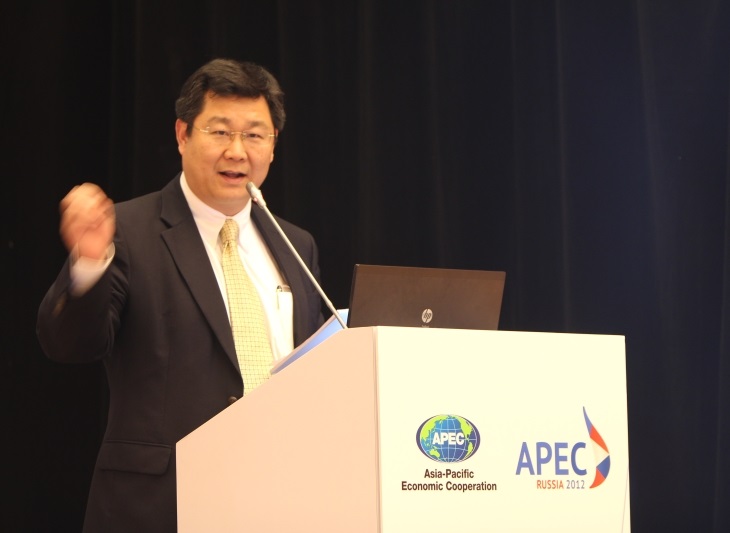Remanufacturing brings economic and environmental benefits

Robust trade in remanufactured products will bring greater investment opportunities, create jobs and promote green growth in the Asia-Pacific region.
That was one of the key messages business representatives, government regulators and research scientists from across the APEC region took away at the conclusion of a workshop on remanufacturing research and development in APEC economies in Singapore today.
Industries reliant on remanufactured goods, including those ranging from earthmoving and automotive parts to electronics and information technology, got a needed boost through sharing best practices on reliability engineering, quality assurance, and inspection.
“Remanufacturing represents not only a new paradigm in manufacturing, but also presents a second-life business model that makes production of goods both environmentally and often cost attractive,” Dr. Raj Thampuran, Executive Director of the Science and Engineering Research Council at Singapore’s Agency for Science, Technology and Research, said in his keynote address.
“There is a renaissance occurring in manufacturing,” he continued. “With emphasis on high-value engineering methods, supportive regulatory systems, and good capabilities across the supply chain, I believe remanufacturing can take off in a big way.”
Remanufacturing is the practice that recovers products from commercial usage and transforms them into like-new goods to be reintroduced into the marketplace. The level of transformation varies by industry, but the result is a product that conforms to technical and safety standards.
Speaking at the workshop, Mr. Shingo Komatsu, President of Shin-Etsu Denso Co., Ltd, emphasized that remanufactured products are not used goods.
“These [remanufactured] products are disassembled, cleaned and rigorously tested and certified to meet safety and technical specifications,” Mr. Komatsu said. “They are as good as new.”
Exports of remanufactured goods often face trade-restrictive measures due to a lack of understanding of the products or concerns over public safety. Barriers frequently arise when economies associate ‘remanufactured goods’ with ‘used products.’
APEC’s focus on facilitating trade in remanufactured products stems from its commitment to pursue green growth. Remanufacturing can produce significant environmental benefits through savings in energy and material use and reducing waste.
According to a study conducted by The Remanufacturing Institute, manufacturers of refurbished products save on average 85% of energy use, 86% of water use, and 85% of material use as compared to manufacturing a new good.
And because remanufacturing operations – disassembly, reconditioning and reassembly – are often labor intensive, “remanufacturers generally employ more skilled employees per good produced than traditional manufacturing,” said Mr. Frank Li, Asia-Pacific General Manager for Caterpillar’s Remanufacturing and Components Division.
As part of the workshop, participants also visited Caterpillar’s and Tru-Marine’s remanufacturing facilities in Singapore to learn more about how these companies conduct their remanufacturing operations.
Under a pathfinder initiative that was endorsed by Ministers last year, participating APEC economies have also committed to not apply measures specifically concerning used goods to remanufactured goods.
# # #
For more information, contact Michael Chapnick +65 9647 4847 at [email protected], David Hendrickson +65 6891 9671 at [email protected] or Augustine Kwan +65 98310717 at [email protected].
For details about media arrangements for the upcoming meetings, please email [email protected] or visit http://www.apec2012.ru.
Details about APEC meetings, events, projects and publications can be found at www.apec.org. You can update your subscription to news alerts and the APEC Bulletin, follow APEC on Twitter and join us on Facebook.

